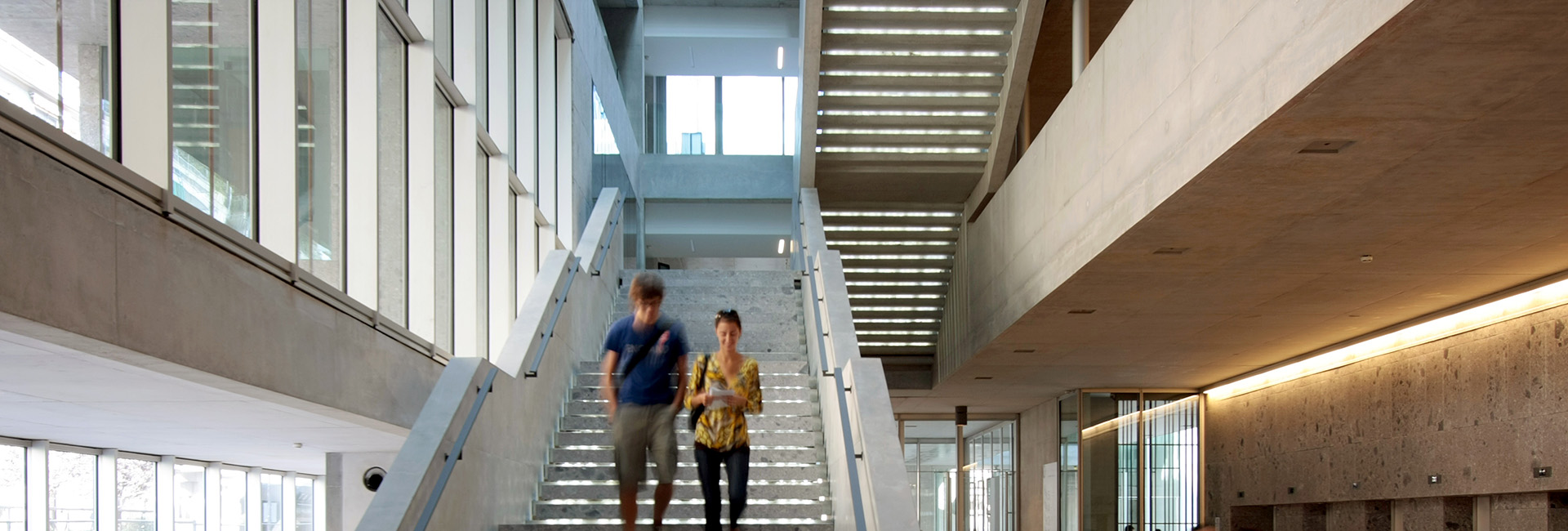Milano and Its Bread
Economy, Society and Culture
The exhibition “Milano and its bread - Economy, society, culture” located in the Atrium of the Bocconi Library in via Gobbi 5 will be open until end of December, addresses the issue of food security by adopting keys to understanding that are characteristic of economic and industrial history and of the history of the company. With its display of a selection of volumes provided by the Università Bocconi Library and of certain reproductions of material belonging to other important collections, the exhibition illustrates the salient aspects of the evolution of the production, trade and consumption of bread, up to the advent of new eating habits, and of the corresponding cultural and communicative phenomena. Milan, city of the Expo, here becomes the paradigm of a model of urban development connected to a supply system revolving historically around the constant interaction between city and countryside. It is a thematic itinerary aiming above all to stress that the future of food security is intrinsically linked to the impact exerted by the city on the production, marketing and consumption of comestible goods. Projections tell us, in fact, that urbanization, not dissimilarly from the past, will continue in the future to be among the most forceful demographical dynamics. Secondly, the exhibition reminds us that the challenge of food security cannot be met merely through cooperation between science and agriculture. The conservation, valorization and dissemination of cultural food heritage can make a contribution to the search for new equilibriums between hunger and abundance and to the spread of sustainable consumption behaviors. Like any form of intangible cultural heritage, that of food helps develop and strengthen the sense of identity, of belonging to a community, and the sense of continuity, thus promoting respect for the environment, cultural diversity and human creativity. The knowledge of our cultural roots is therefore of great importance for implementing public and private food policies that will take fully into account the implications of food’s economic, political and social aspects.
The Exhibition is divided in three section.
The first takes the visitor inside the walls of the city to a discovery of the dual nature of the urban agglomeration: Milan, a city that produces, trades, consumes; and Milan, a city to feed.
The second is devoted to the industrial exposition of milling and bread production, an Expo in miniature held in Milan in 1887, which marked a historical turning point in the mechanization and industrialization of bread production.
The third documents the relationship between the company and food heritage. If bread, staple product par excellence, exemplifies the roots of this heritage of the city of Milan, the history of the company makes it possible to shed light on its constant renewal in pace with the transformations of the economic, social and environmental context.
Organized by:
Università Bocconi
Biblioteca
Thanks to:
Archivio Centrale dello Stato
Archivio Storico Civico
Biblioteca Trivulziana
Camera di Commercio di Milano
Civica Raccolta delle Stampe Achille Bertarelli Castello Sforzesco Milano
Fratelli Alinari
Le Università per Expo, Comitato Scientifico del Comune di Milano





